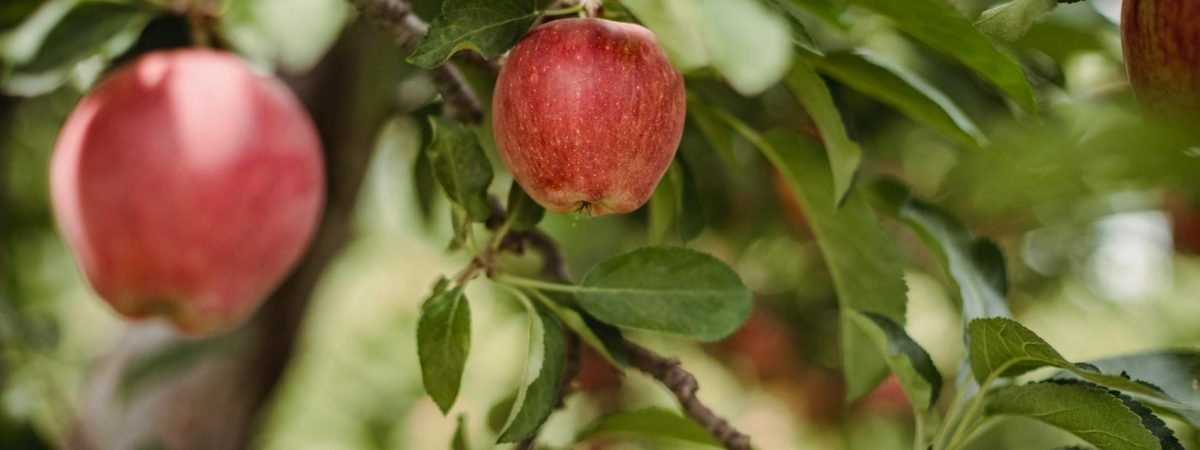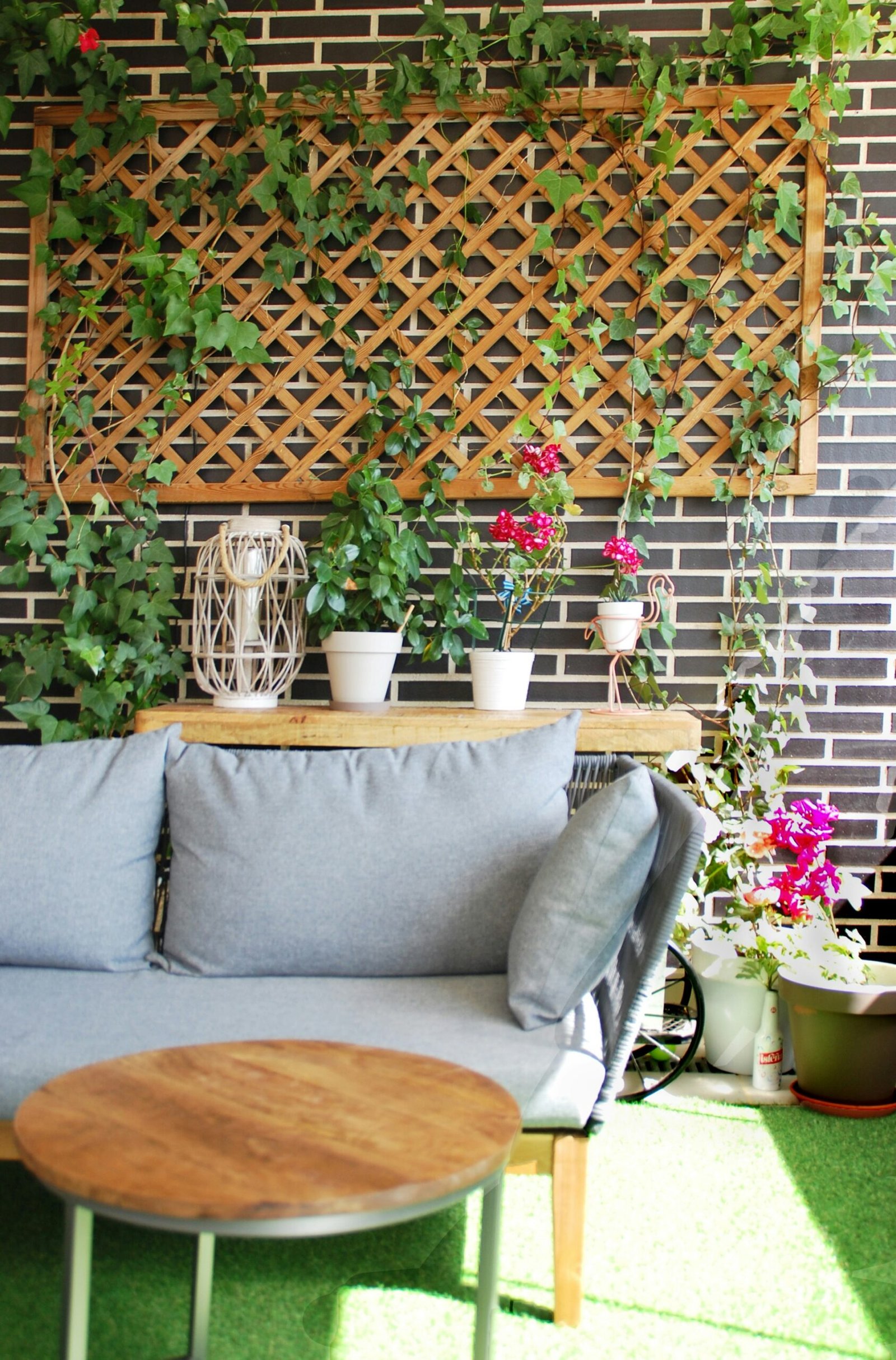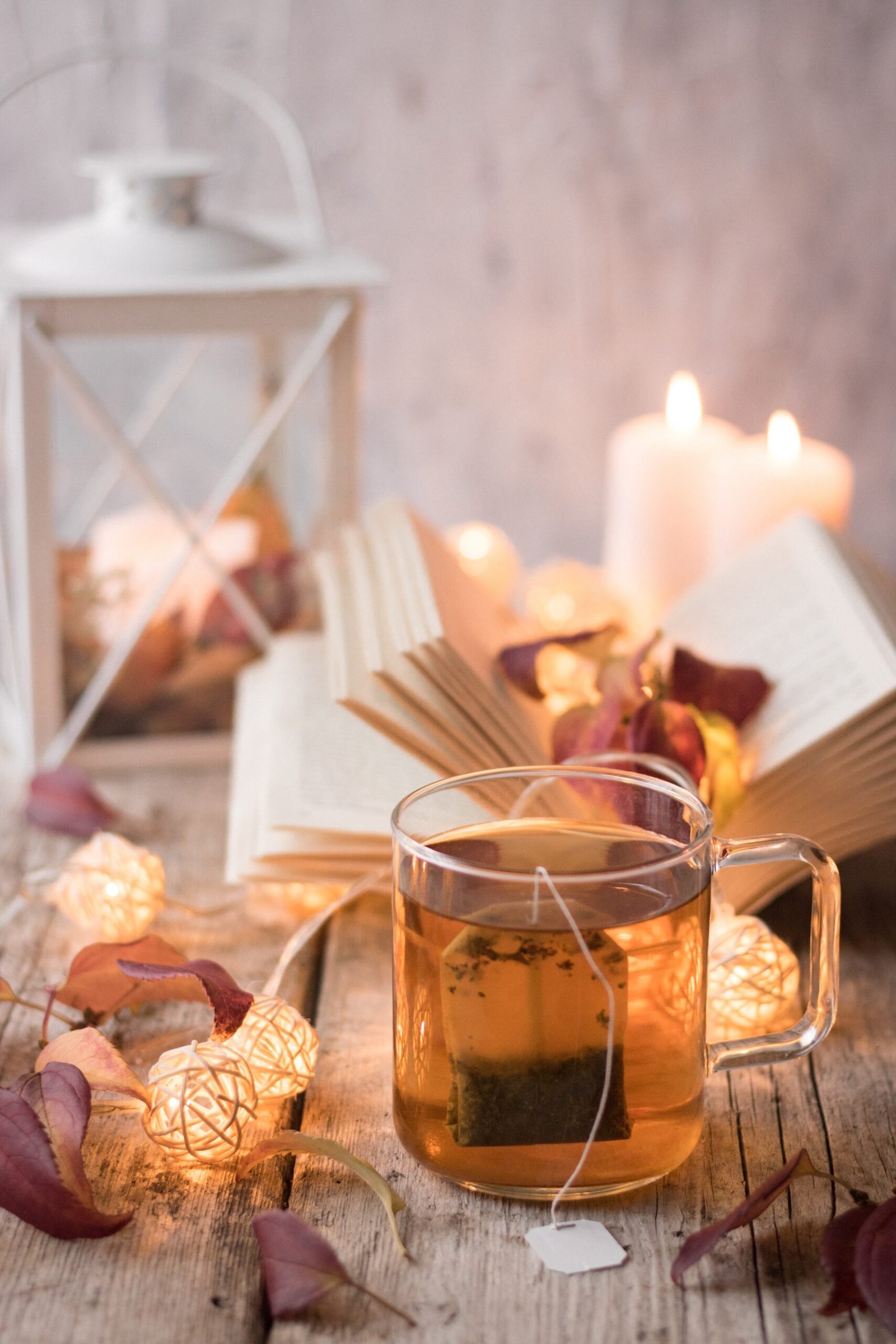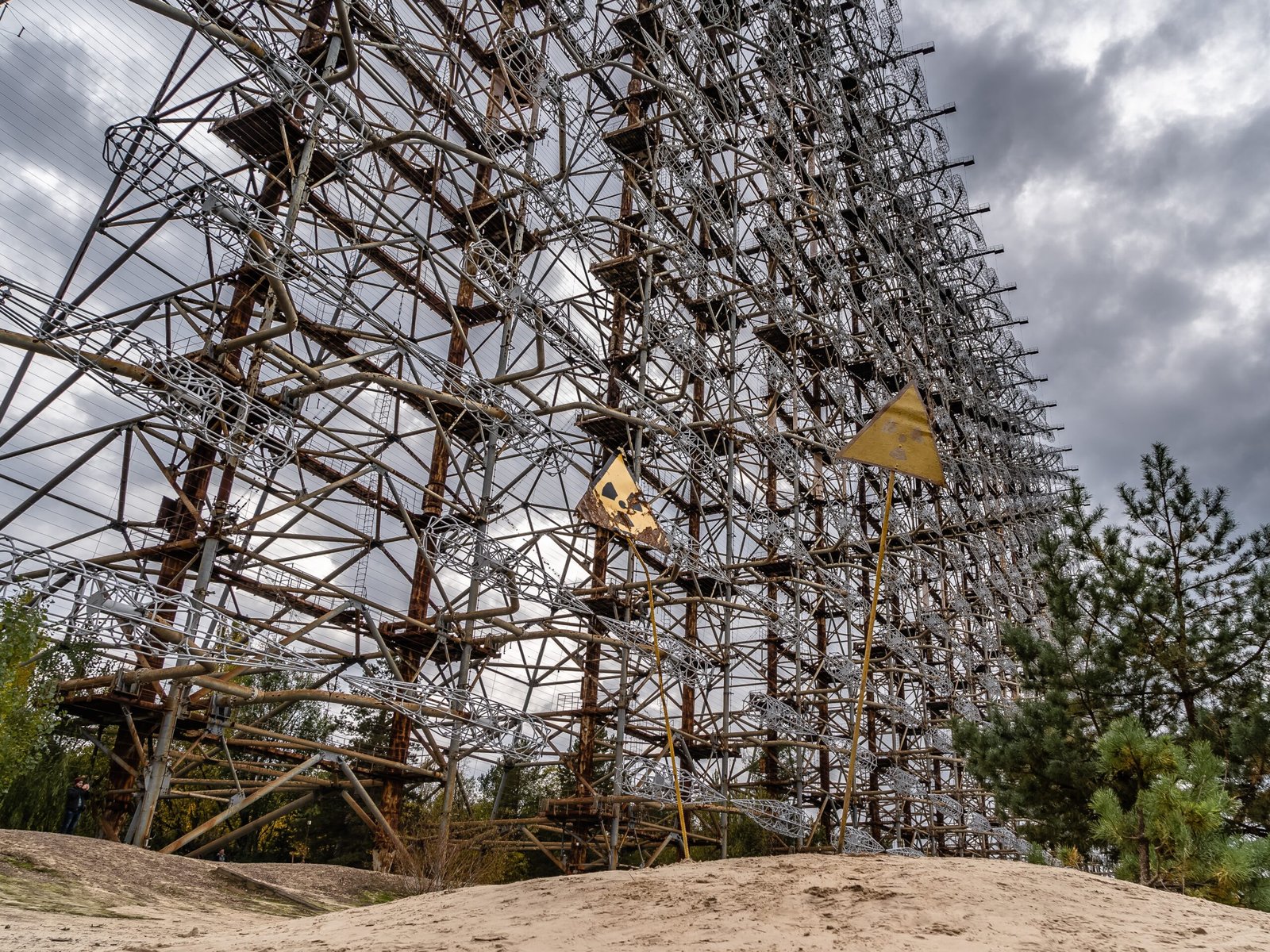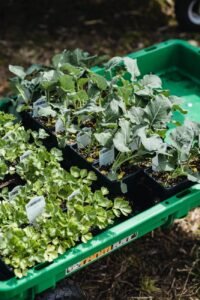Introduction
When you think of a garden, you might envision rows of colorful flowers and lush greenery. But have you ever considered adding edible plants to your garden design? Edible landscaping is a growing trend that combines the beauty of traditional landscaping with the functionality of a vegetable garden. In this blog post, we will explore the benefits and tips for incorporating food into your garden design.
The Benefits of Edible Landscaping
There are several advantages to incorporating edible plants into your garden design:
- Healthier Eating: Having fresh fruits, vegetables, and herbs readily available in your garden encourages healthier eating habits. You can pick and enjoy these nutritious foods right from your backyard.
- Cost Savings: Growing your own food can save you money on grocery bills. Plus, you have control over the quality of the produce, ensuring that it is free from harmful pesticides and chemicals.
- Environmental Benefits: By growing your own food, you reduce your carbon footprint. There is no need for transportation or packaging, which helps to lower greenhouse gas emissions.
Tips for Incorporating Food into Your Garden Design
If you’re interested in edible landscaping, here are some tips to get you started:
- Choose the Right Plants: Select plants that are well-suited for your climate and growing conditions. Consider factors such as sunlight, soil type, and water requirements.
- Integrate Edibles with Ornamentals: Blend edible plants with traditional ornamental plants to create a visually appealing garden. For example, you can mix herbs, like rosemary and lavender, with colorful flowers.
- Create Functional Spaces: Designate specific areas in your garden for growing food. You can create raised beds, vertical gardens, or even incorporate edible plants into existing flower beds.
- Plan for Succession Planting: To maximize your harvest, stagger the planting of different crops. This ensures a continuous supply of fresh produce throughout the growing season.
- Consider Aesthetics: While functionality is important, don’t forget about aesthetics. Choose edible plants that have attractive foliage or colorful fruits to enhance the overall beauty of your garden.
Popular Edible Plants for Landscaping
There are numerous edible plants that can be incorporated into your garden design. Here are a few popular choices:
- Herbs: Basil, mint, thyme, and oregano are versatile herbs that can be used in cooking and have attractive foliage.
- Fruits: Strawberries, blueberries, and raspberries are delicious fruits that can be grown in containers or as ground cover.
- Vegetables: Tomatoes, peppers, lettuce, and kale are popular vegetables that can be grown in raised beds or mixed in with flowers.
- Edible Flowers: Nasturtiums, pansies, and marigolds not only add color to your garden but can also be used in salads and as garnishes.
Conclusion
Edible landscaping is a wonderful way to combine beauty and functionality in your garden. By incorporating food into your garden design, you can enjoy the benefits of healthier eating, cost savings, and environmental sustainability. So why not start planning your edible garden today? Happy gardening!

